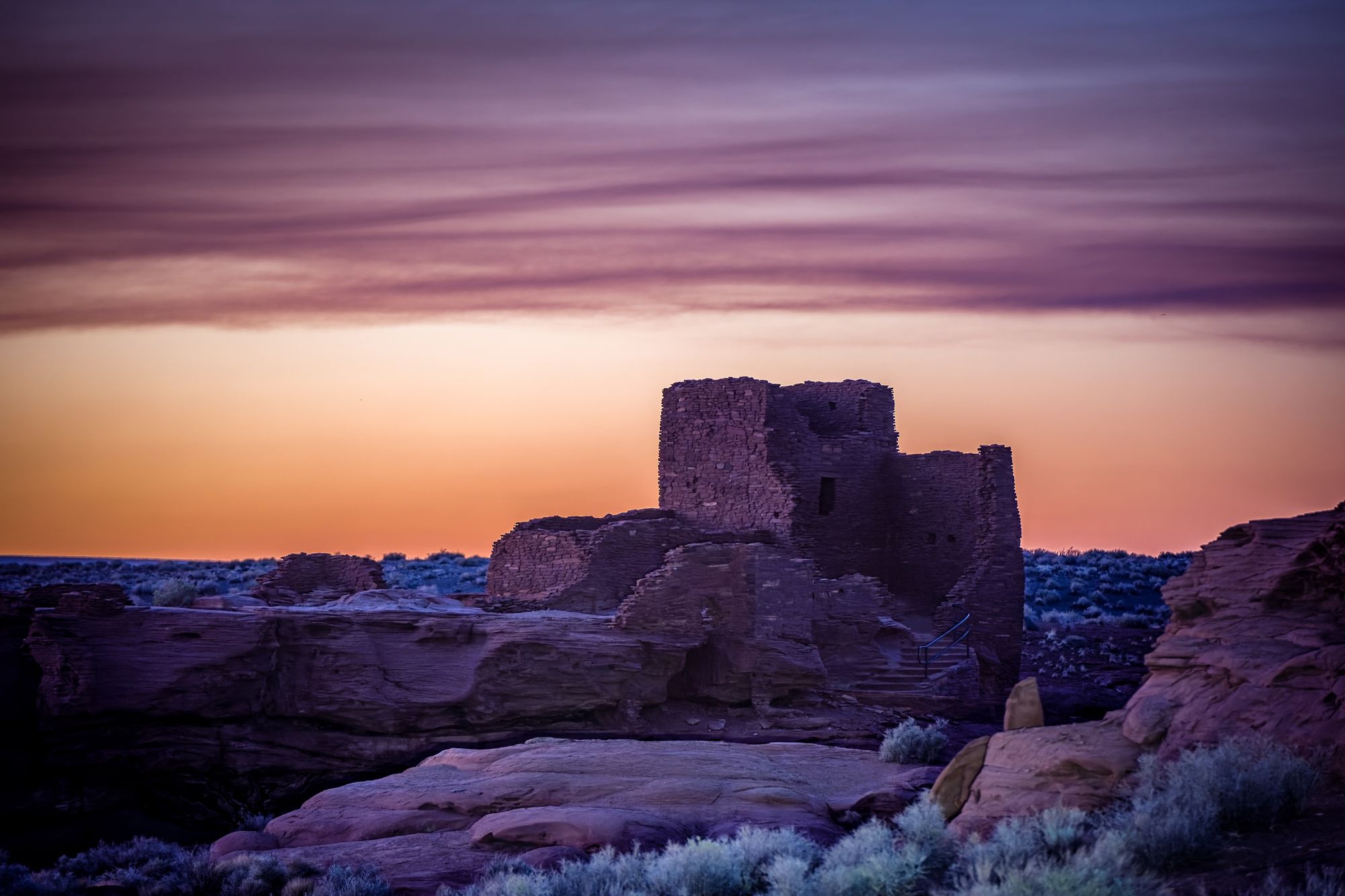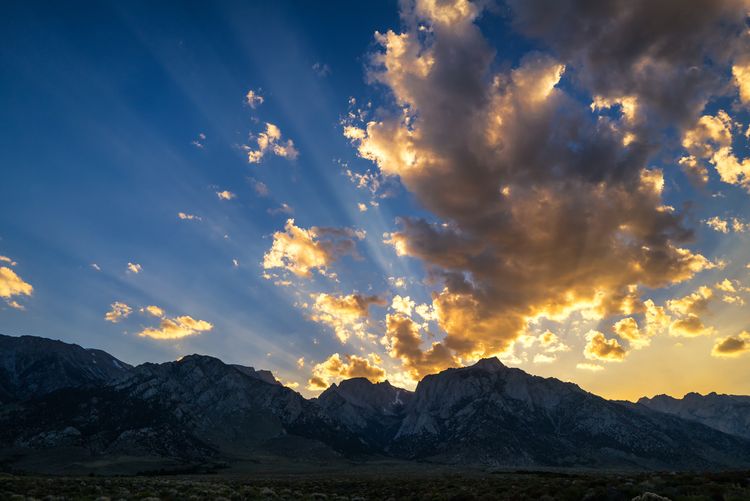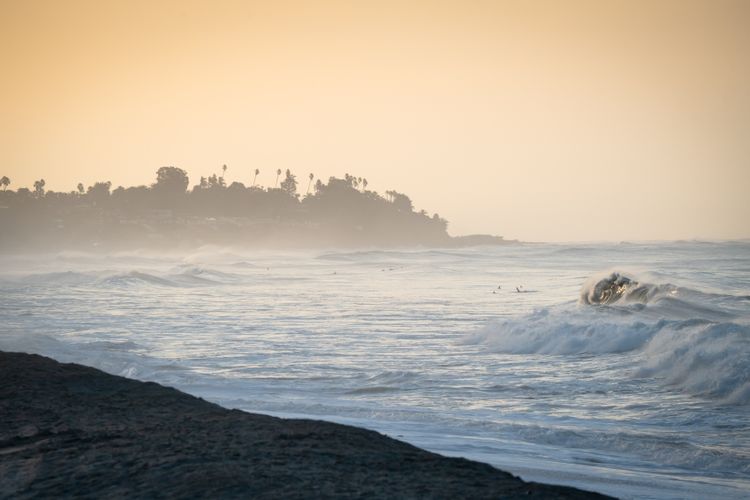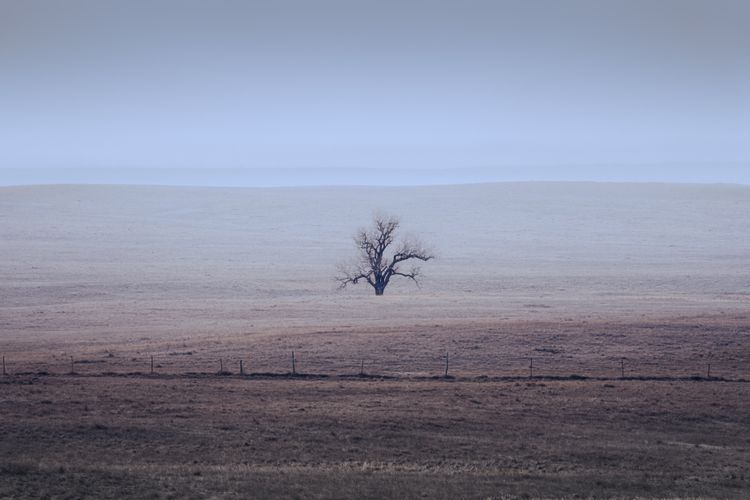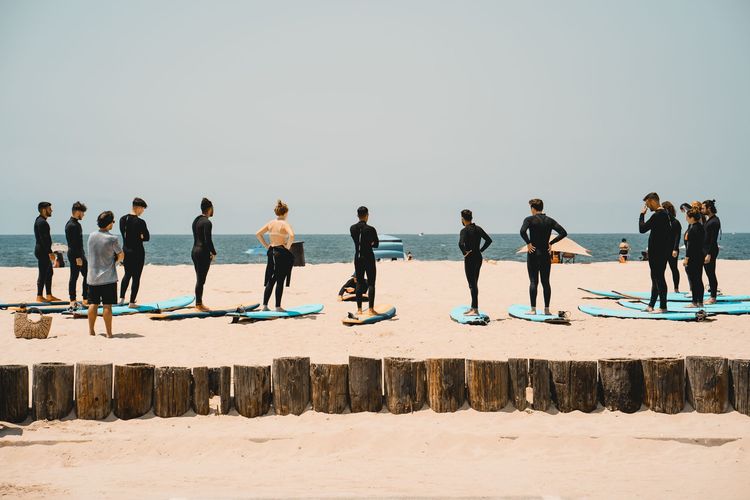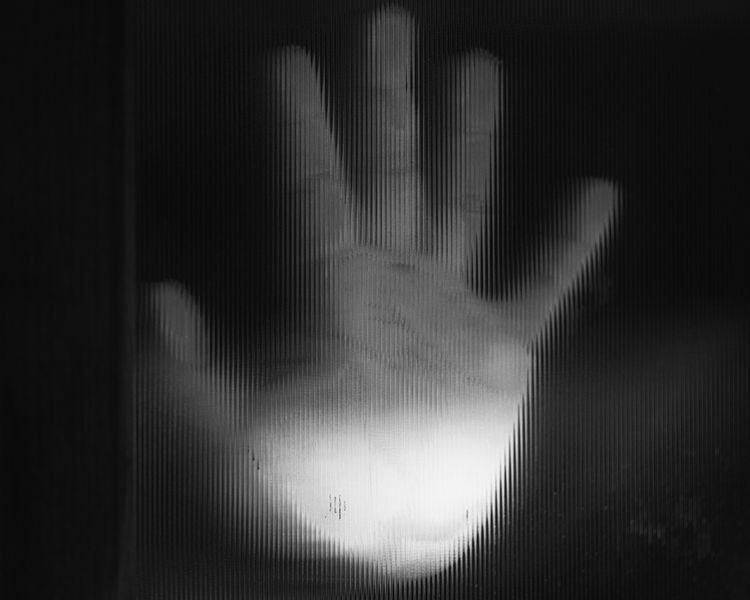Emergency Dispatch: Wildfires and our responsibility
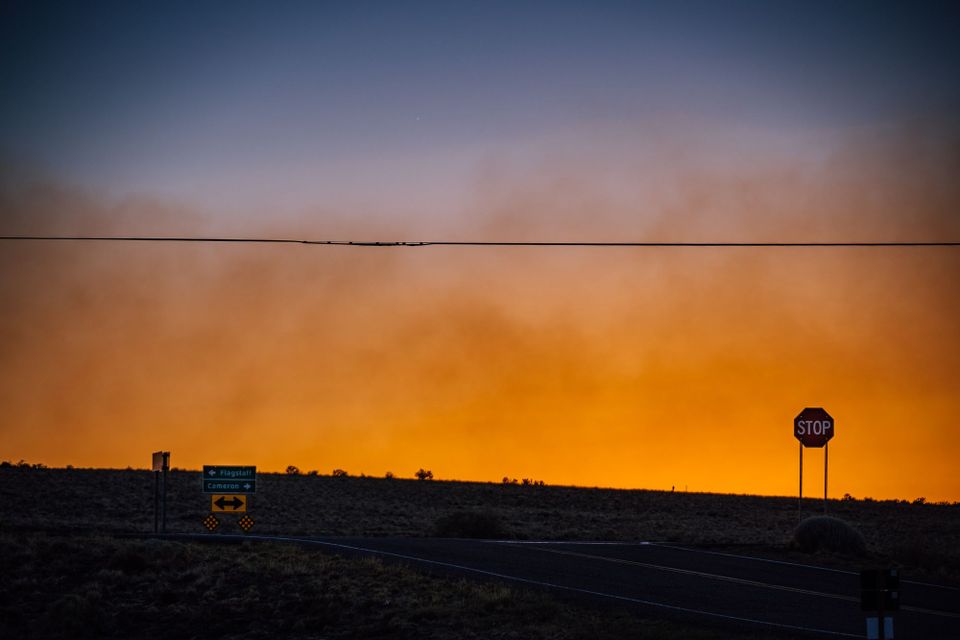
HIGHWAY 89 NEAR Flagstaff, Ariz., leads you to some interesting places. It can get you to the Grand Canyon, Lee's Ferry, and the Navajo Nation. It can get you to the high country, where 7,000 feet of elevation gives you soaring mountain peaks and groves of pine and aspen.
This, like most adventures, was an exploration of an area well known to me. So as I drove 89 through Flag, as it points east before bending north, I saw the distant plume on the horizon.
It was smoke, from a fire which was actually burning on the other side of the San Francisco Peaks. This fire had closed Highway 180, which can also get you to the Grand Canyon. The jet stream was pulling the smoke east, across the high country, into the Navajo Nation and streaking through the Painted Desert.
As wildfires go, this one was small. But they all start that way. For my three day/two night trek, the smoke was omnipresent. The first night, I camped at Bonito near the entrance to Sunset Crater National Monument. The host told me fire restrictions had been lifted. I had plans to shoot the Milky Way that evening, and planned to enjoy a camp fire upon my return.
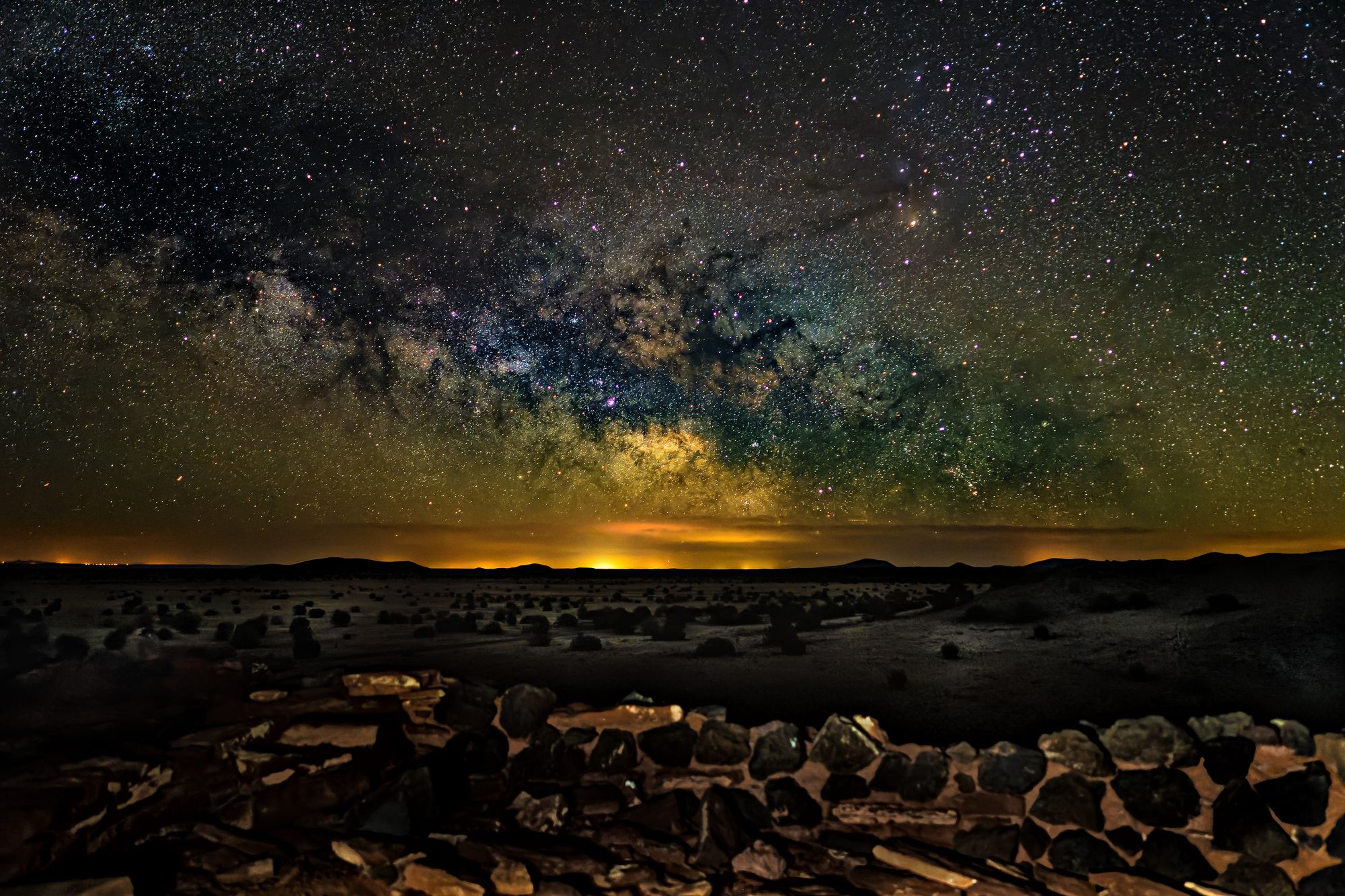
Later that evening, after the sun fell into glorious hues of red, orange, yellow and purple, the Milky Way emerged on the southeast horizon. With the naked eye, I could see distance lights, and assumed they were cities aglow in the night.
Upon reviewing my photos, it was clear they were wildfires dotting the horizon. A thick horizontal band of smoke stretched for eternity, and the flames lit the sky, bouncing off the smoke. Above, the Milky Way arrived and finished the surreal scene. The galaxy, our planet, and us. All co-existing.
But what are we doing?
The southwest is bone dry right now. We need rain, and the monsoon season, to arrive quickly. Many of these fires are man-made. We are driving atvs and buggies through the forest. We are igniting our treasures in reckless ways. We are wreaking havoc on our habitat.
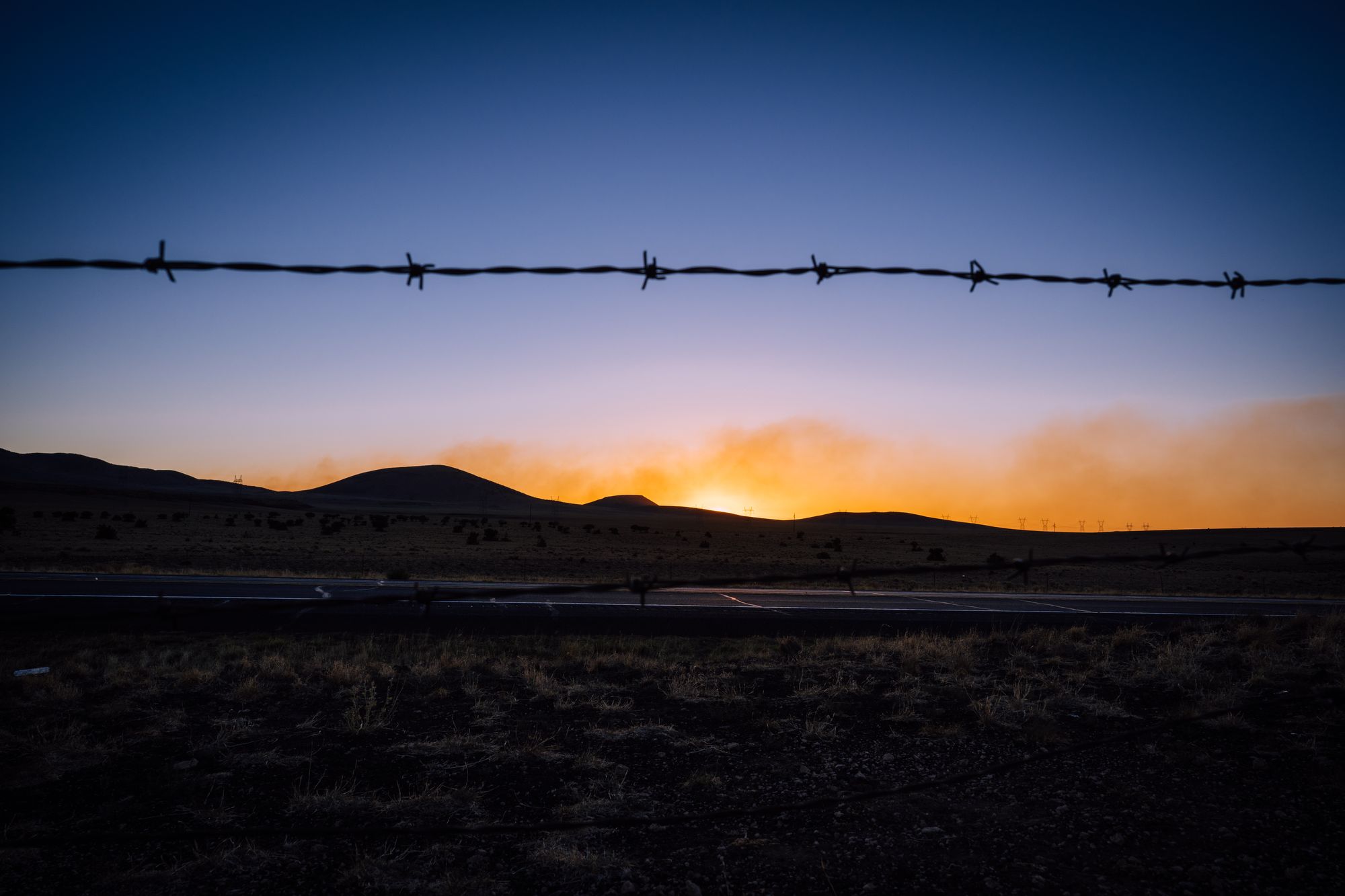
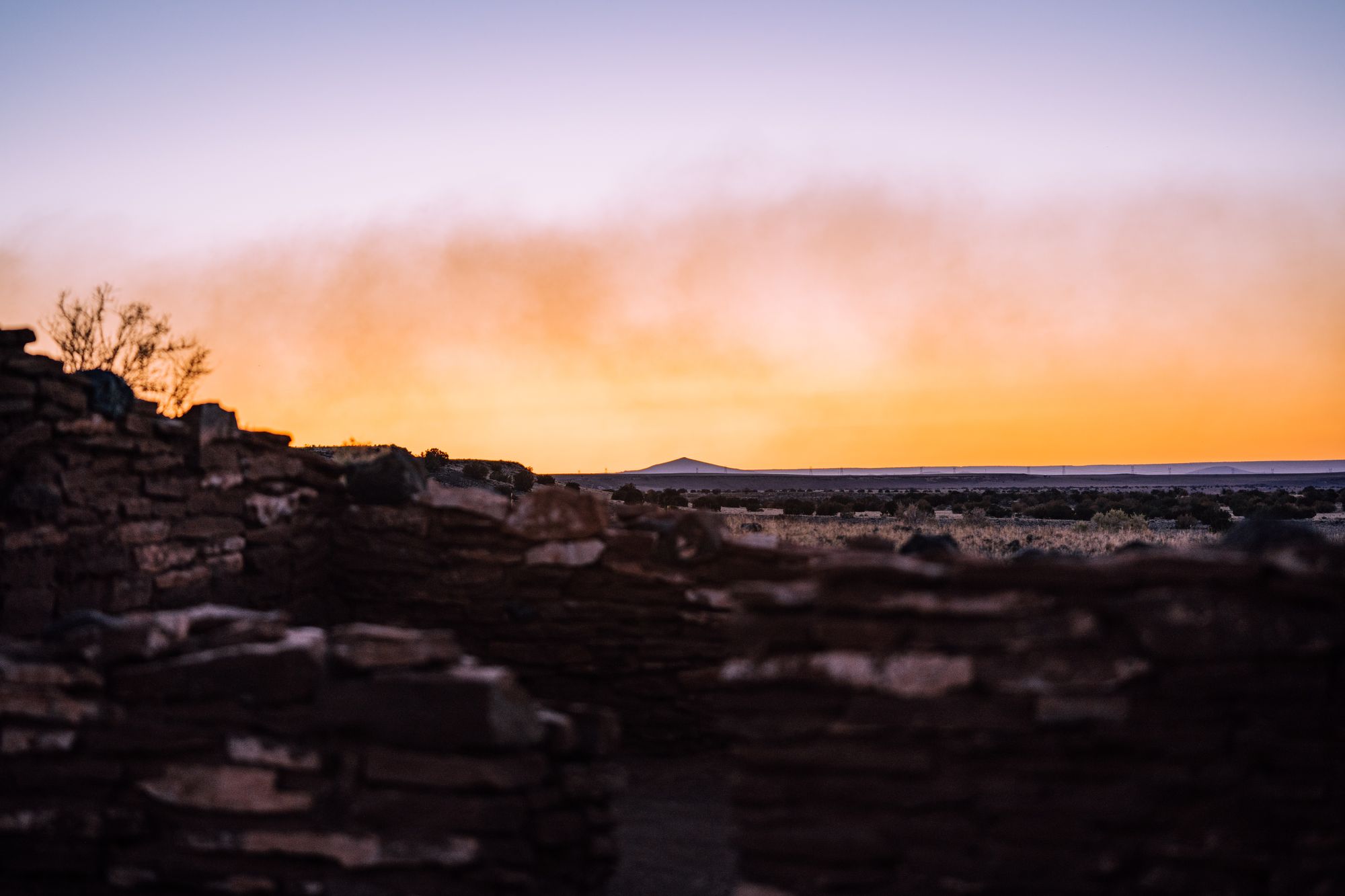
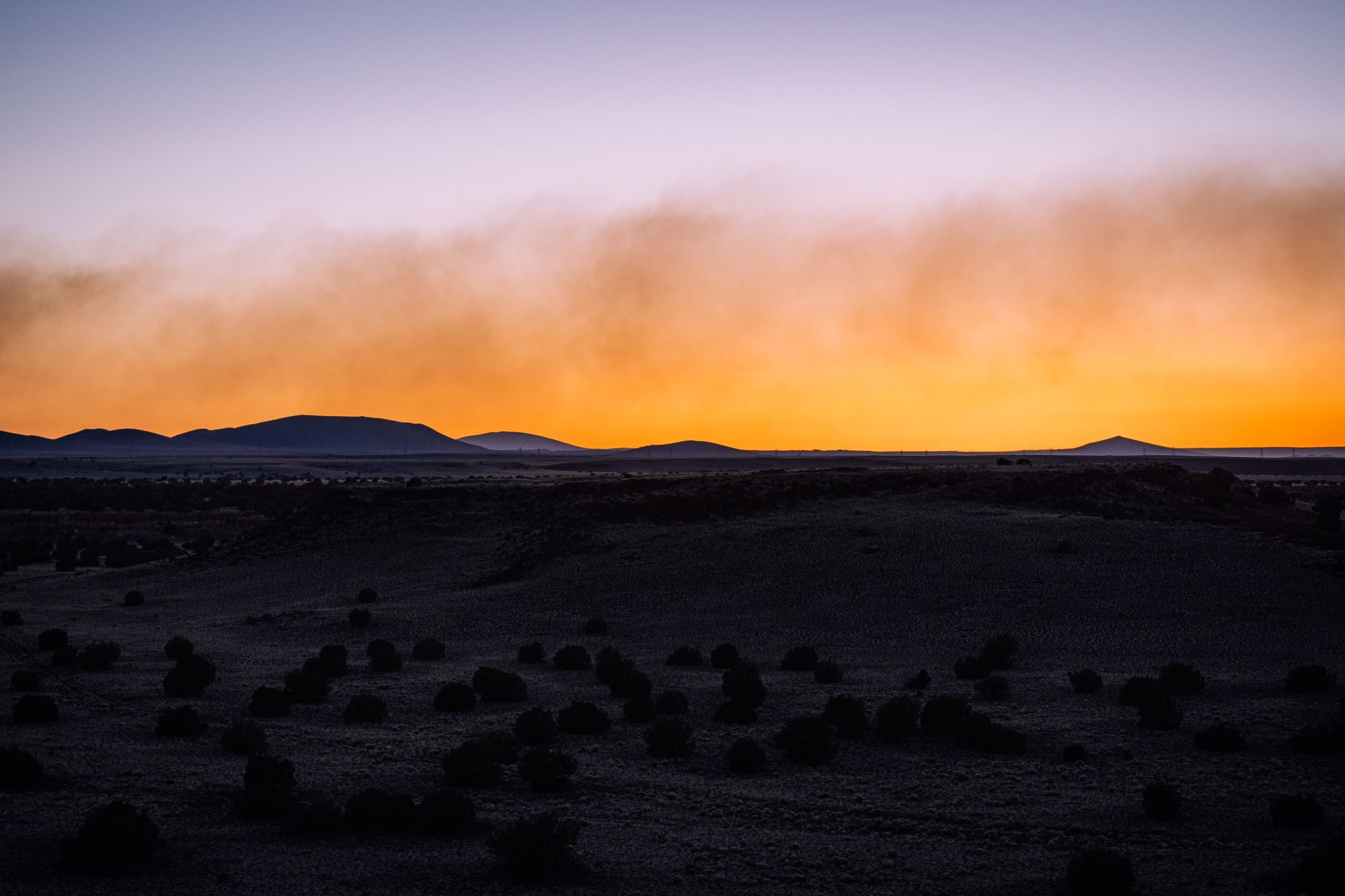
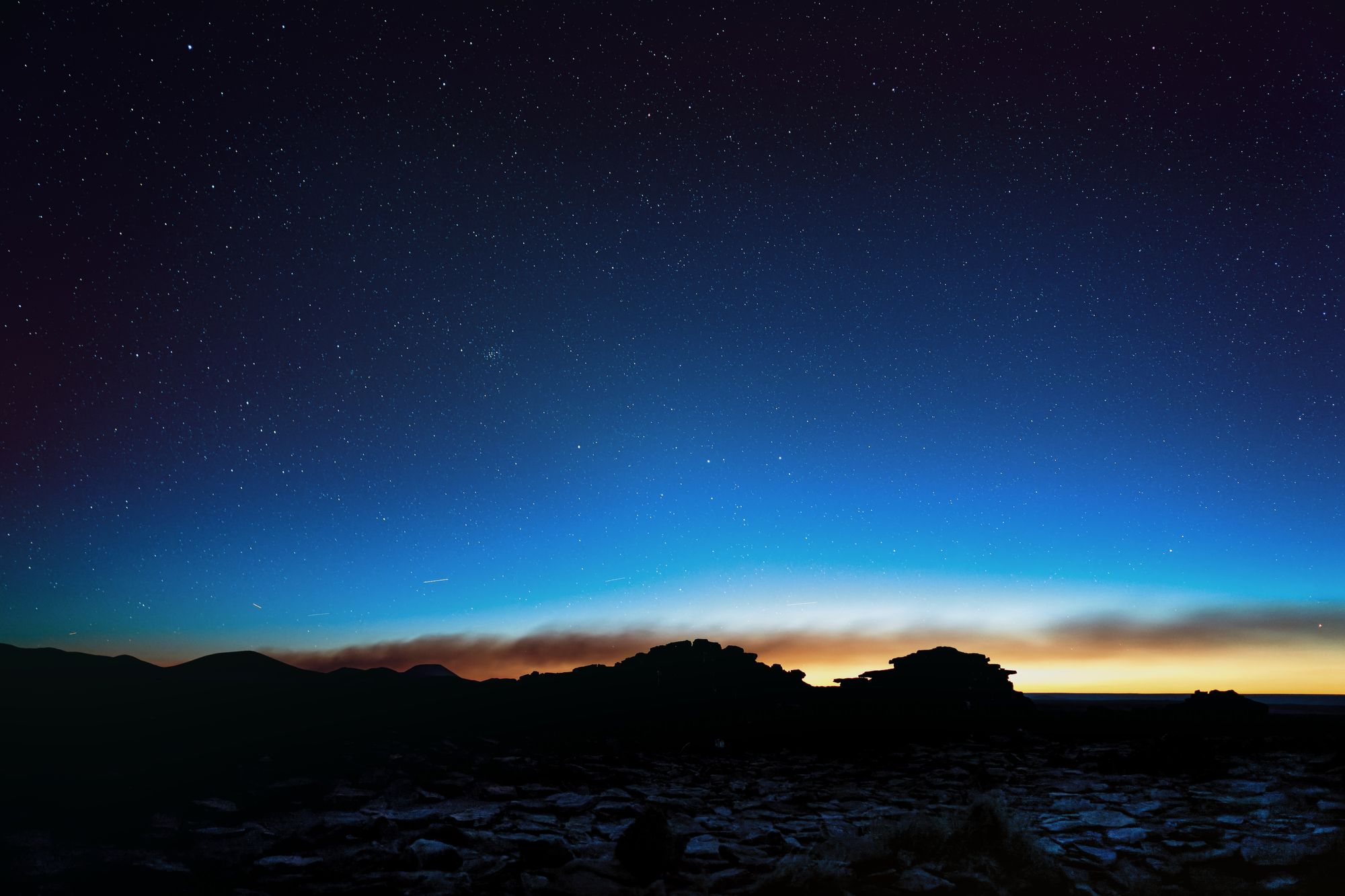
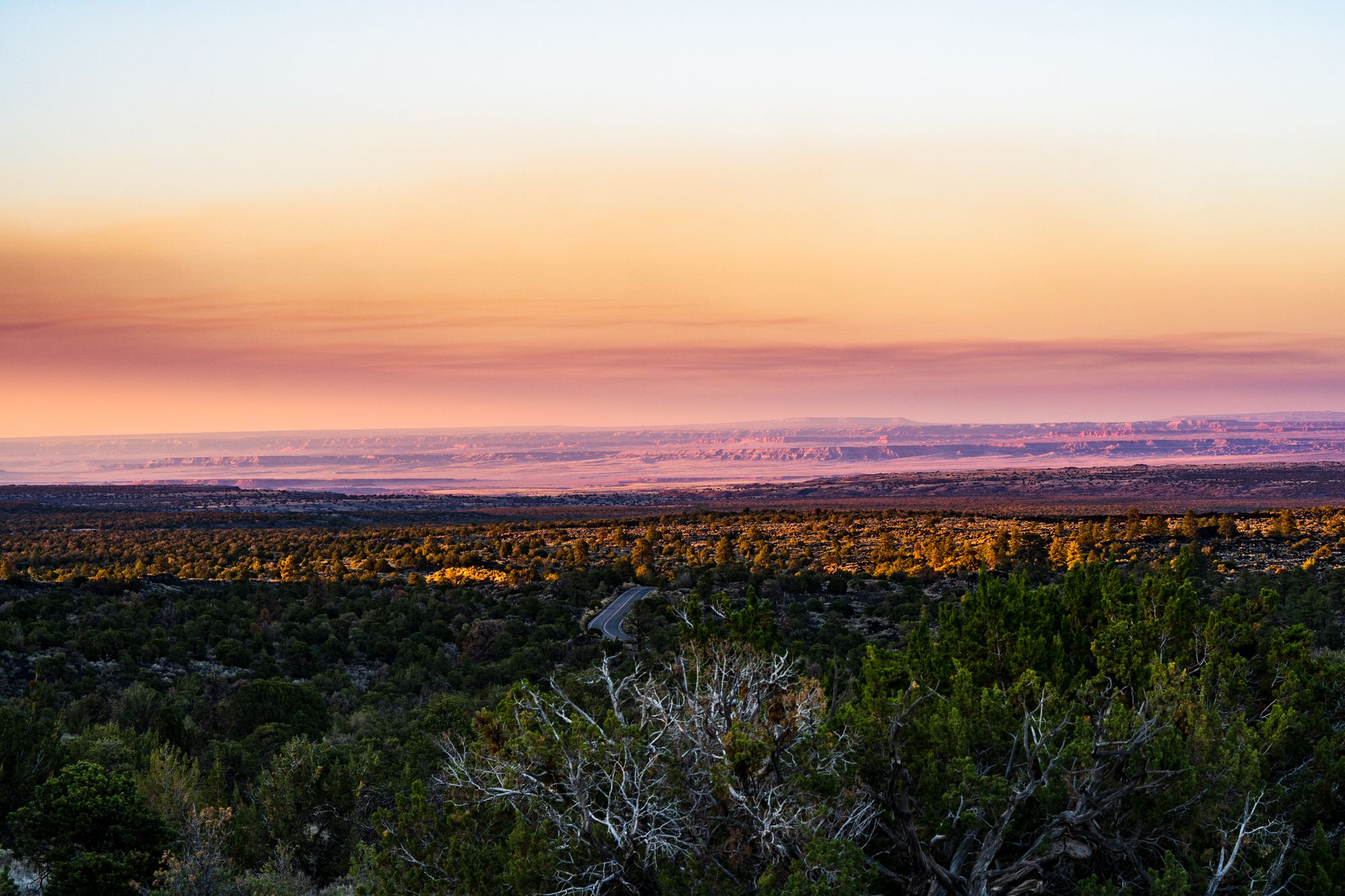
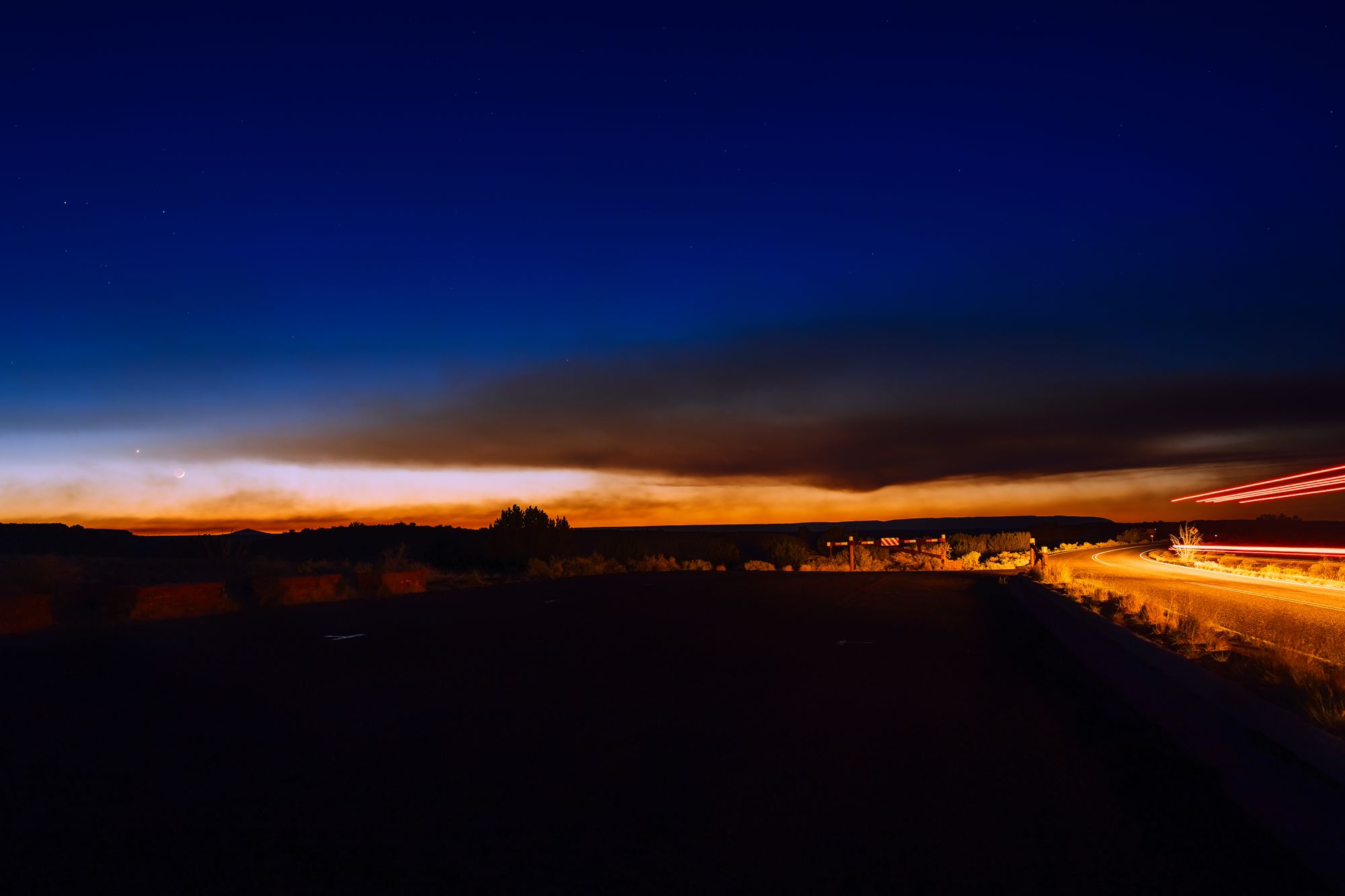
Later that evening, I lit a campfire in the steel ring and enjoyed the starry skies while sipping an IPA. As the wind grew stronger, my little campfire consisting of four pieces of wood began launching missiles of embers into the brittle pine needles piled nearby. I didn't want to be the guy that burned the campground to its core. Grabbing my jerry can of water, I put the fire out and went to bed.
The following day, fire restrictions were re-instated. The camp hosts came around and informed everyone, even offering to buy back firewood. I accepted.
That evening, after another session under starry skies scarred by ribbons of smoke, I returned to camp. Of the 50-plus sites that were in use, two had roaring fires after 10 p.m. as the wind whistled through the pines. It was reckless. It defied the fire ban. It was selfish.
Saturday morning, the Bitterroot Hotshots and their fierce forest-green trucks were seen heading north on Highway 89. The next danger zone was in their sights.
It only takes one to make a fire turn disasterous. It also takes just one to make the right decision.
